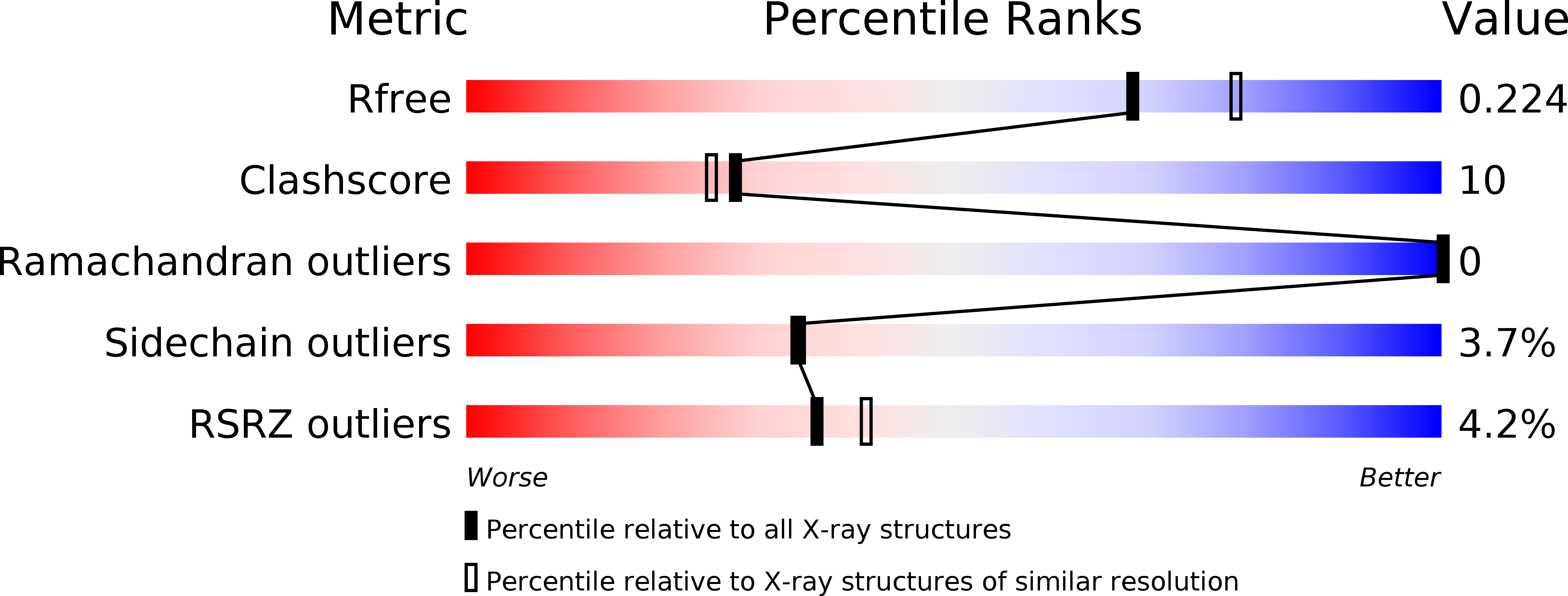
Deposition Date
2010-06-09
Release Date
2011-04-27
Last Version Date
2024-10-23
Entry Detail
PDB ID:
2XH8
Keywords:
Title:
X-ray structure of 119-141 ZnuA deletion mutant from Salmonella enterica.
Biological Source:
Source Organism:
Host Organism:
Method Details:
Experimental Method:
Resolution:
2.08 Å
R-Value Free:
0.22
R-Value Work:
0.19
R-Value Observed:
0.19
Space Group:
P 63


